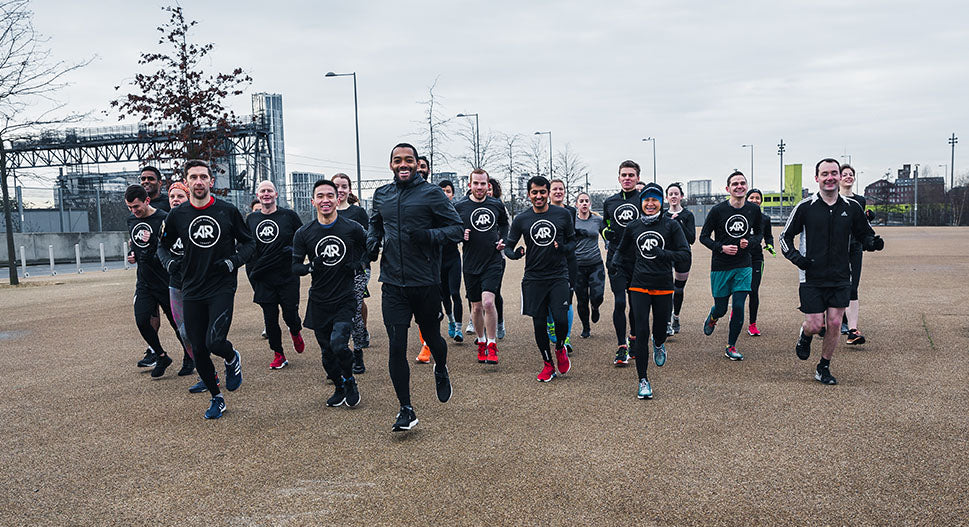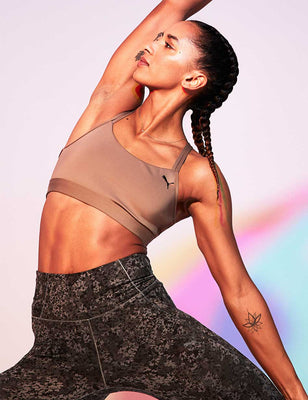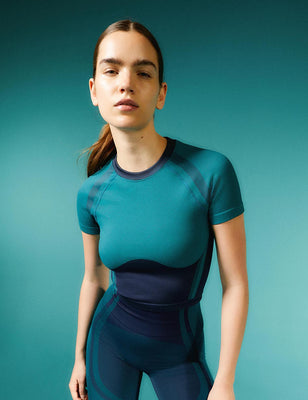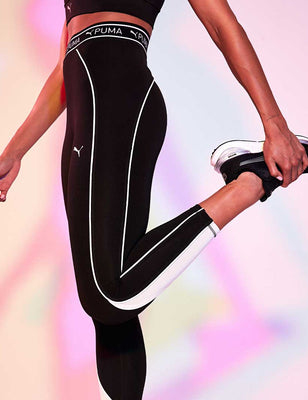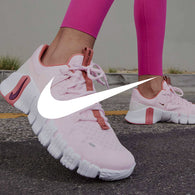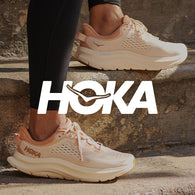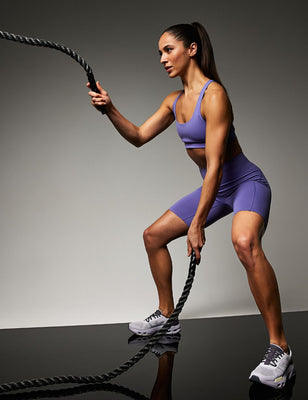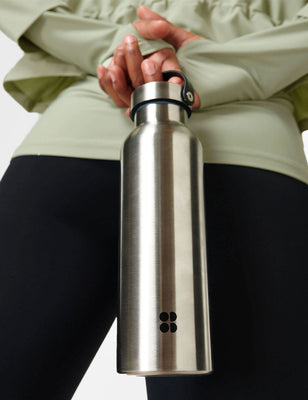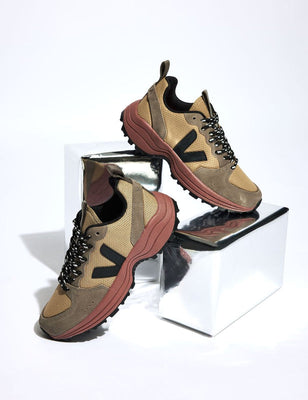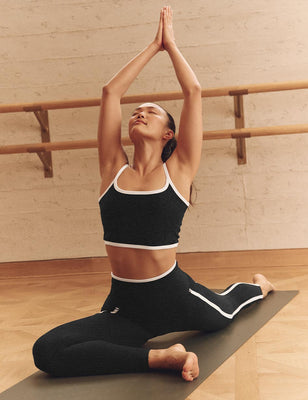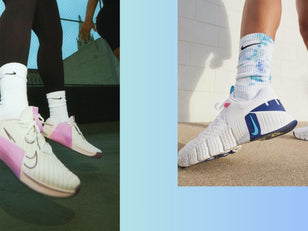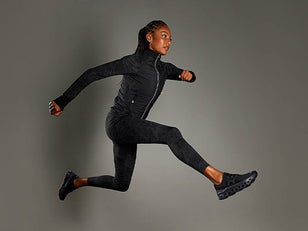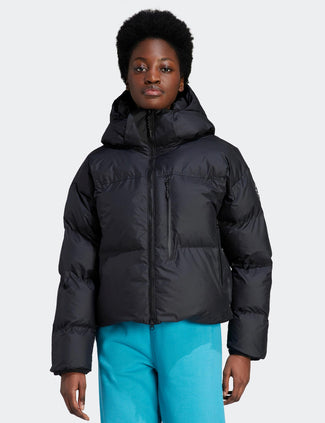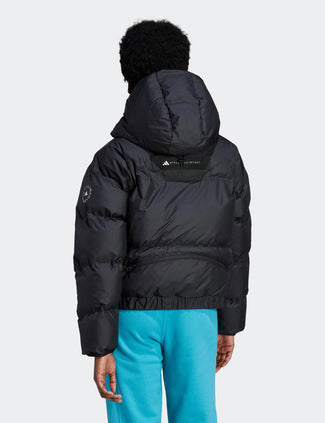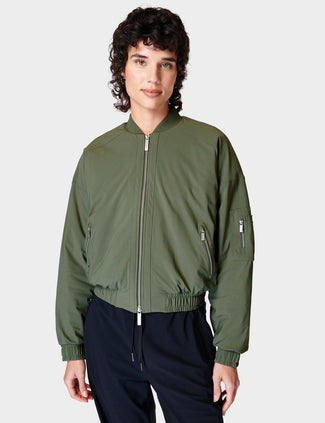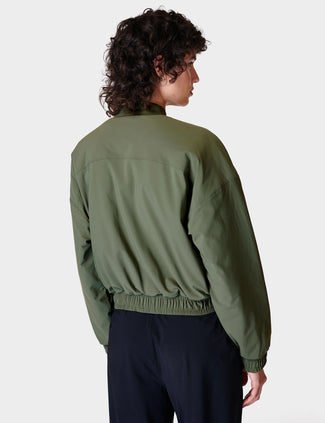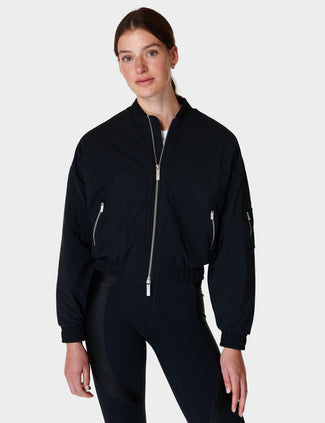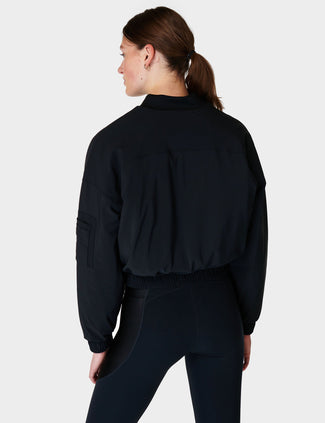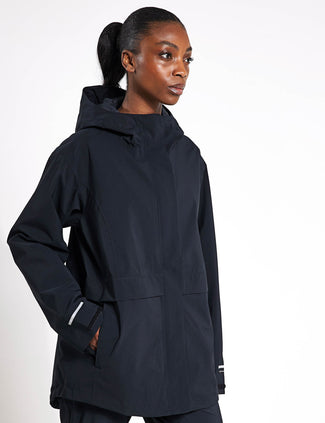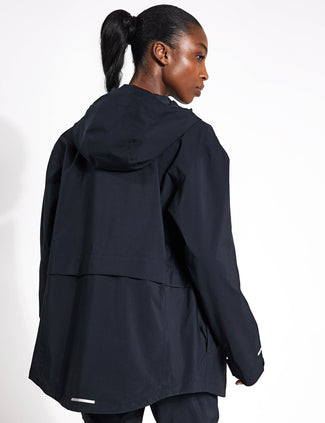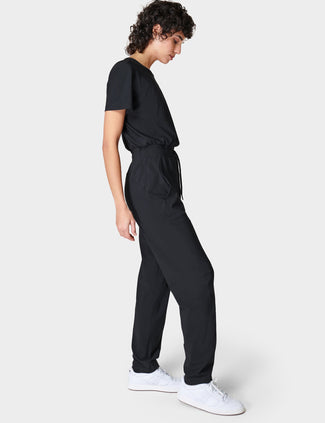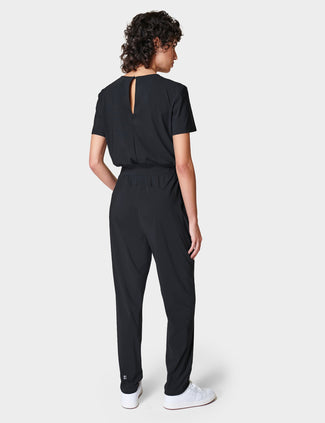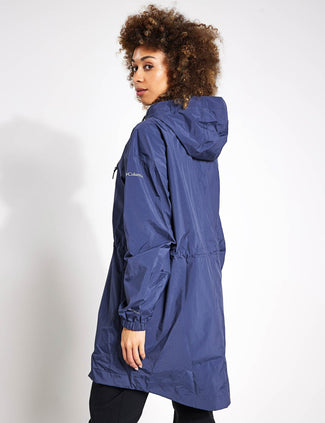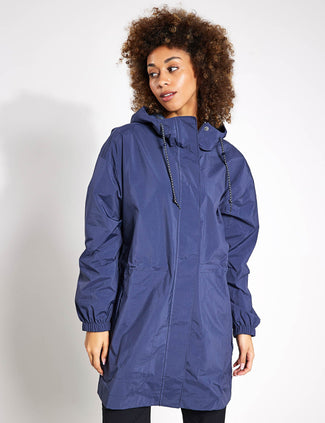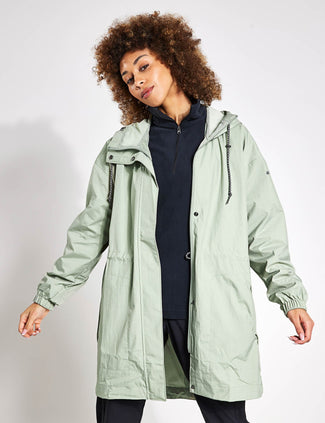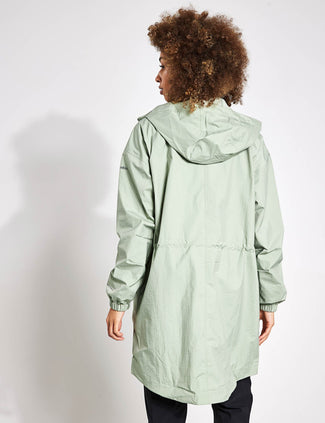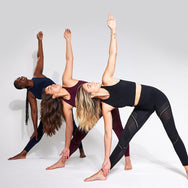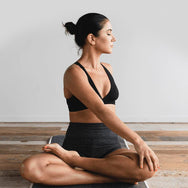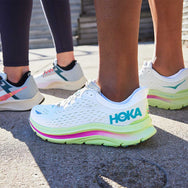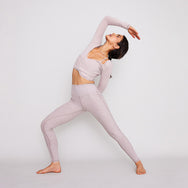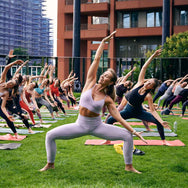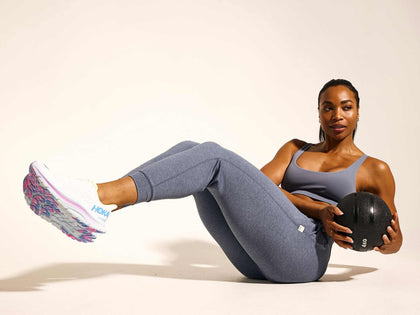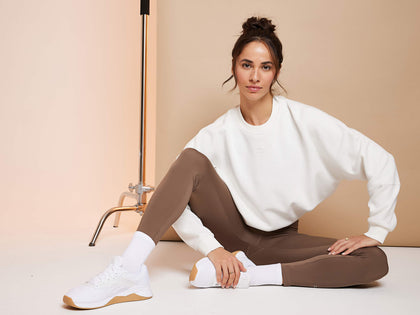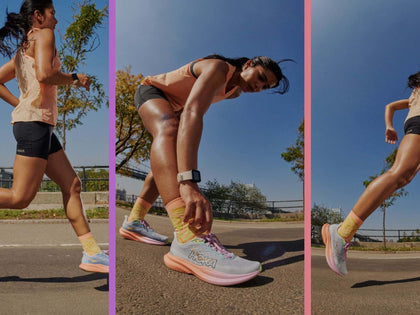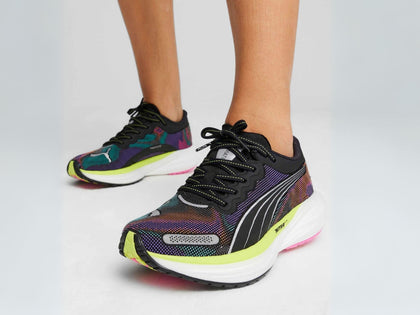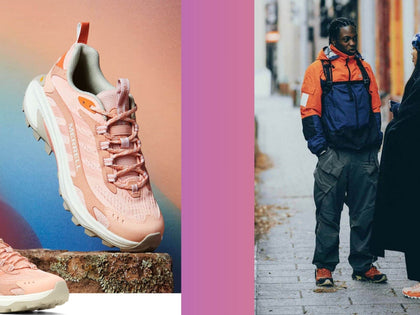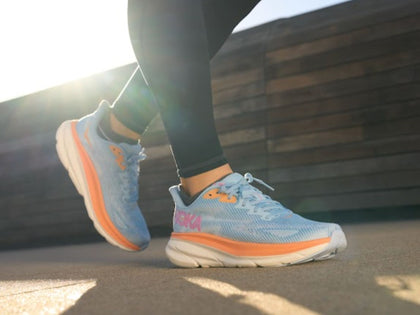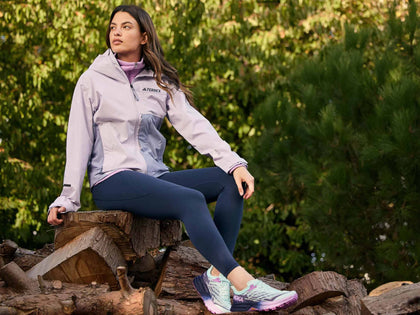This weekend saw the start of adidas Runners Marathon Training powered by LDN Brunch Club. The countdown is well and truly on! As London Marathon looms ever closer, now’s the time to lock down that pre-race game plan. With that in mind LDN Brunch Club Co-Founder and The Sports Edit ambassador Stephen Adjaidoo shares his top six tips for marathon training, whatever your level.
Words by Stephen Adjaidoo
1. TRAIN WITH COMPANY
Training can feel like a chore, especially over the winter months when there are a whole host of excuses readily available. If you can, buddy up with someone of a similar ability and do some of your training runs with them. Running with others can make your training journey much more enjoyable and after arranging to running with someone else, you are more likely to stay committed.
2. MIX IT UP
Most training plans should include plenty of variation. Your weekly program should include one speed session, one long run and probably two slower paced runs. I’d really recommend spending some time finding out what paces you should be aiming for during each of these different types of sessions. The long distances runs, usually ran at weekends for example should be done at around a minute per mile slower than that pace you want to do on race day.
It should be possible to include a day or two of cross training into most weeks. Swimming, yoga for runners and strength and conditioning exercises help the body become stronger and improves stability. Most of all, look after yourself and listen to your body. If you can, treat yourself to a massage during your training programme and invest in a foam roller.
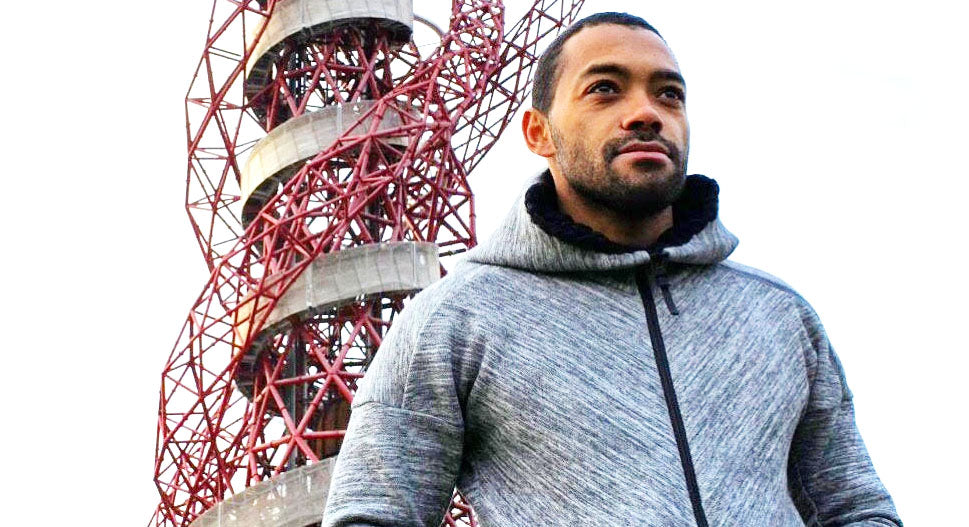
3. GET KITTED OUT
You should feel comfortable in the clothing you train in. Training for an early spring marathon will inevitably mean training through the winter be prepared for cold temperatures, wind, rain or possibly snow. The difference between a good run and an uncomfortable one can easily come down to what you wear.
Some might be able to brave the sub-zero temperatures in shorts and a t-shirt but for most of us, running tights (yes, guys too) and a decent base layer make a huge difference to training when the temperature drops.
In terms of footwear, I recently switched my marathon shoe to the adidas Ultra Boost (check out my review of it here). If you’re thinking about a change of shoe too, then first get a gait analysis at an independent retailer. Depending on your foot strike and whether you prefer a more minimal shoe or you something with stability, a gait analysis should help you identify exactly what you need. I’d recommend wearing the new pair on the shorter runs during the week, before progressing to wearing them for the long runs.

4. ENTER SPRING RACES
Racing a half marathon or 10km race as part of training can be great ways prepare for the marathon. As well as getting familiar with your pre-race routine, they can also help you get used to running in a race environment and for longer distances can be a good test of how you plan to fuel on marathon day.
5. FUEL AND HYDRATE
When keeping a training diary for tracking basic run details, it’s also a great idea to include how you fuel before your runs, especially the long ones at the weekend. The longer long runs especially can be used to practice fuelling for the marathon. I’d always recommend investing in a decent water bottle you can take with you on your longer runs, you might even want to run with this on marathon day so you don’t need to rely on the first few water stops on the course.
It’s also likely you can find out what gels or isotonic drink will be given out in the race (London Marathon is always Lucozade Sport) so I’d suggest giving those a try and see if they agree with you. If they don’t it’s not a problem, you’ll just need make sure you have everything you need to support yourself come race day.
6. PREVENT INJURY
You’ll find few marathoners who have never been injured, whether seasoned pros or first timers injuries happen and unfortunately they can be for a whole host of reasons. If you feel a niggle coming on, first I’d suggest recording it in your training diary. You’d be surprised how many people realise they’ve had niggles for weeks or months when they actually look back, possibly making the original problem worse in the meantime. If you think you have a niggle, I’d really recommend seeing a physio as soon as possible, ideally one with experience of treating runners or people training for marathons and also reducing mileage and intensity of training in-between.
